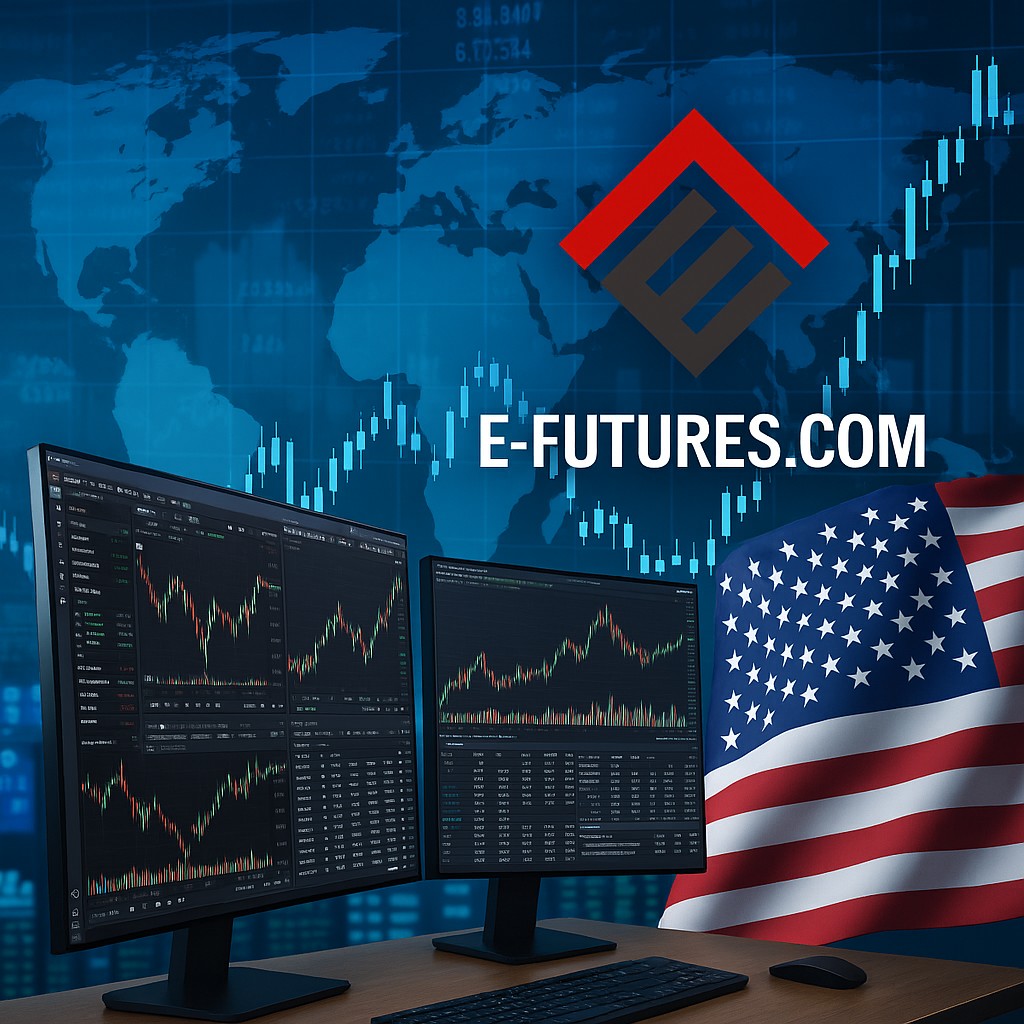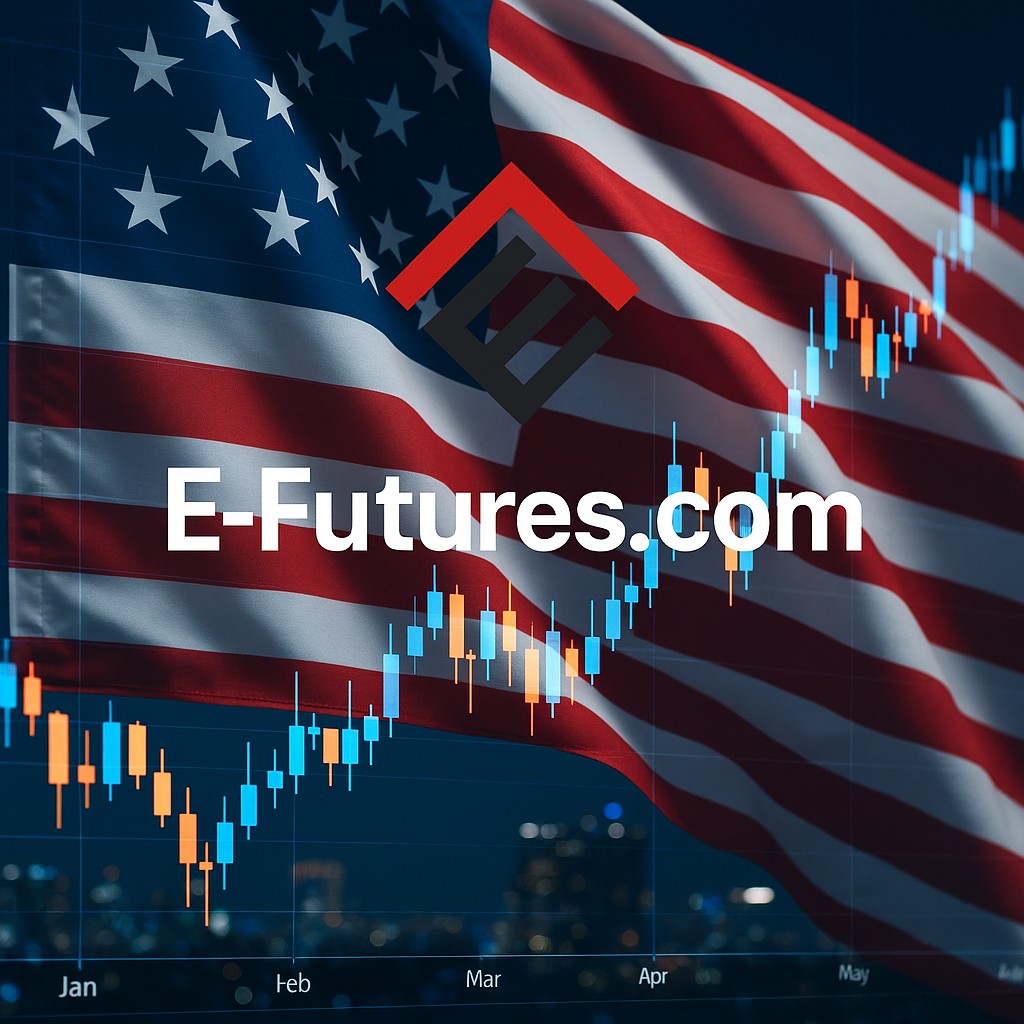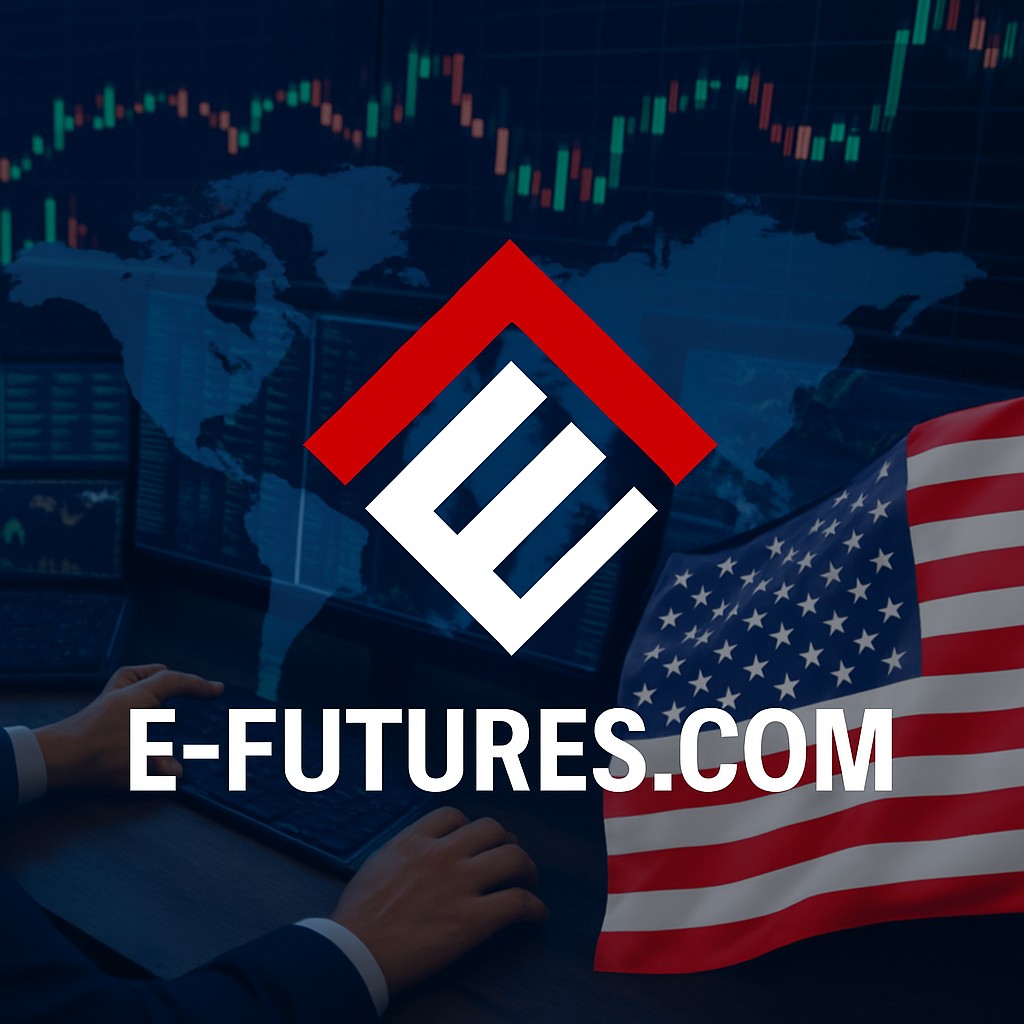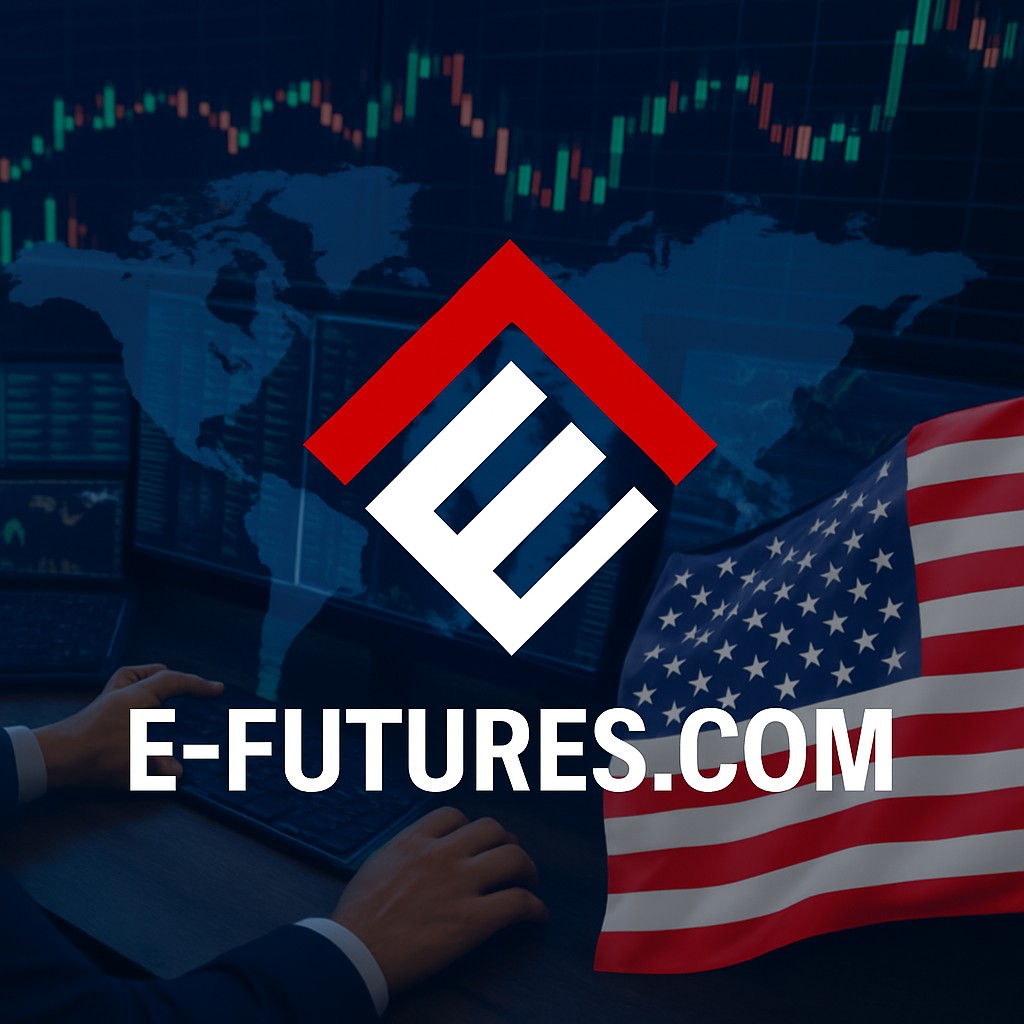Commodities trading refers to the buying and selling of raw materials—such as oil, gold, wheat, and coffee—that are either consumed directly or used as inputs in the production of other goods. These tangible assets have been integral to economies for centuries. In today’s markets, commodities trading spans physical markets and highly sophisticated electronic platforms, enabling participants from across the globe to speculate, hedge, or invest in these essential goods.
Modern commodity trading takes place largely through futures contracts—standardized agreements to buy or sell a specific amount of a commodity at a predetermined price on a future date. These contracts are traded on regulated exchanges and are fundamental tools for hedgers (such as farmers or airlines) and speculators (such as traders and funds) alike. With the rise of online trading technology and regulatory sophistication, access to these markets has never been more democratized.
The Historical Roots of Commodity Trading and Speculation
Early Beginnings in Ancient Civilizations
The practice of trading commodities predates the modern financial world. In ancient Sumer (modern-day Iraq), records dating back to 4500 BCE reveal early forms of commodities exchanges, where clay tablets documented transactions involving livestock and grain. These primitive contracts laid the groundwork for later, more complex trade systems.
In ancient Greece and Rome, organized trading of agricultural goods and metals took place in open markets. Egyptian pharaohs employed warehouse receipts for grain storage, and in medieval Europe, Venice and Genoa were bustling hubs of spice and silk trade.
Japan’s Dojima Rice Exchange
One of the most significant early examples of a formalized commodities market is the Dojima Rice Exchange in Osaka, Japan, established in the 17th century. This is widely considered the world’s first futures market. Rice was not just a staple crop—it served as a currency. Samurai warriors and rice merchants used forward contracts to stabilize prices and hedge future needs.
Traders began buying and selling “rice coupons” which promised delivery of a set amount of rice at a future date. These contracts set the precedent for modern futures trading, introducing mechanisms such as margin, leverage, and price discovery through open markets.
The Rise of Western Futures Markets
Fast forward to the 19th century, and we see the formal establishment of futures markets in the United States. The Chicago Board of Trade (CBOT) was established in 1848, marking a watershed moment in the history of commodities trading. The Midwest’s booming agriculture industry needed a standardized system to manage the price volatility of seasonal harvests.
The first standardized futures contract was for corn. Other grains, livestock, and eventually metals followed. The Chicago Mercantile Exchange (CME) was later formed to expand trading to perishable commodities and, ultimately, financial instruments. These institutions formalized commodities trading as an indispensable component of global finance.
Key Figures Behind the Emergence of Commodity Speculation
Benjamin Hutchinson
One of the earliest American speculators, Benjamin Hutchinson, made headlines in the late 1800s as the “Wheat King” of Chicago. He famously manipulated wheat prices through strategic buying and holding of futures contracts. While controversial, his activity marked the advent of speculative trading as a profit-seeking venture, independent of physical commodity production or consumption.
Richard Dennis and William Eckhardt
In the 1980s, futures trading entered the public imagination with the “Turtle Traders” experiment by Richard Dennis and William Eckhardt. Dennis, a successful commodities trader, believed that trading success could be taught. He and Eckhardt trained a group of novices using a systematic approach to futures trading—focusing on technical trends, discipline, and risk management. Their success demonstrated that commodities trading was no longer the domain of insiders but could be democratized through methodology and platforms.
Evolution of Commodity Trading Platforms
The late 20th and early 21st centuries brought an explosion of electronic and online futures options trading platforms. Exchanges digitized, enabling near-instant trade execution and advanced charting tools. Commodities trading moved from trading pits to computer screens, and more recently, to AI-assisted platforms.
Among the leading platforms today is CannonX powered by CQG, a top-tier solution combining precision charting, ultra-low latency execution, and seamless order routing. This evolution has made the commodity trading landscape more inclusive and globally connected than ever before.
Why E-Futures.com Is a Leading Brokerage in 2025
In the ever-competitive world of futures brokers USA, E-Futures.com has emerged as a standout partner for traders in the second half of 2025. With a legacy spanning 38 years in the futures industry, the firm combines deep institutional knowledge with cutting-edge technology, regulatory excellence, and customer trust.
- Stellar Reputation and Regulatory Standing
E-Futures.com is lauded for its consistent 5-star ratings on TrustPilot, reflecting its transparent practices, client-centric services, and technical excellence. The company enjoys an exemplary reputation with independent futures industry auditors and has a spotless record with federal regulators, including the CFTC and NFA. This is especially vital in a landscape where regulatory compliance is crucial for safeguarding client capital and ensuring fair trading environments. - Advanced Trading Technology: CannonX Powered by CQG
The CannonX powered by CQG platform has redefined what traders expect from futures options trading platforms. Built on CQG’s globally respected infrastructure, CannonX delivers:- High-speed execution with microsecond latency
- Advanced charting and analytics tools for informed decisions
- Real-time data feeds from all major exchanges
- Custom algorithmic trading capabilities
- Robust risk management and order routing systems
Whether you’re trading commodities, futures options, or complex spreads, CannonX offers unmatched performance for every trading style.
- Futures Options Broker Expertise
Unlike generic online brokers, E-Futures.com is deeply entrenched in futures options trading. Their advisors are not just account managers—they’re seasoned professionals who understand margin dynamics, contract specs, expiration risks, and optimal strategies for hedging or speculation.As a futures broker options specialist, E-Futures.com provides tailored solutions whether you’re trading energy futures, soft commodities, agricultural goods, or metals. They offer competitive commissions, real-time margin updates, and flexible account types including individual, institutional, and IRA accounts. - Commitment to Education and Support
Trading futures can be daunting. E-Futures.com demystifies the process through:- Webinars on commodity trading strategies
- One-on-one platform walkthroughs
- Real-time trade desk support
- Daily market insights and technical updates
This educational edge makes them one of the most trader-friendly futures brokers USA.
- Market Access and Product Range
With access to all major global exchanges—including CME, ICE, Eurex, and LIFFE—E-Futures.com offers unparalleled exposure to commodities from crude oil to soybeans, and from gold to lean hogs. This breadth empowers clients to diversify portfolios, capitalize on seasonal trends, and hedge business risks using world-class tools.
Commodities Trading Outlook for 2025 H2 and Beyond
In the second half of 2025, the commodities markets are positioned at the intersection of innovation and volatility. Several key themes dominate the outlook:
Geopolitical Flux
From trade disruptions in the Red Sea to political instability in South America, global events continue to rattle commodity supply chains. This creates both risk and opportunity for traders using sophisticated futures options trading platforms.
Green Commodities on the Rise
With ESG investing gaining momentum, commodities such as lithium, cobalt, and rare earth elements are drawing significant interest. E-Futures.com offers direct access to these instruments via its CannonX powered by CQG platform.
Institutional Capital Inflows
Hedge funds and institutional investors are increasing allocations to commodities as a hedge against inflation and currency devaluation. This boosts liquidity and deepens market structures, benefitting both speculators and hedgers.
AI and Algorithmic Trading
AI is reshaping trading strategies. Platforms like CannonX integrate algorithmic functions, enabling traders to automate entries, exits, and risk controls. Futures broker options provided by E-Futures.com include access to developers and coders for custom strategy building.
The story of commodities trading is one of ancient necessity evolving into a modern financial powerhouse. From rice coupons in feudal Japan to AI-powered platforms in 2025, commodity trading has matured into a sophisticated global ecosystem. The journey has been fueled by visionary figures, relentless innovation, and an ever-expanding base of market participants.
In this landscape, E-Futures.com stands as a pillar of reliability, technology, and customer advocacy. With decades of experience, flawless regulatory standing, top-tier tech via CannonX powered by CQG, and an unwavering commitment to trader success, it is rightly positioned as one of the best futures brokers USA today. Whether you’re a new trader exploring futures options trading or a seasoned investor seeking better execution and support, partnering with E-Futures.com is a strategic move in the dynamic world of commodity trading.
Ready to start trading futures? Call us at 1(800)454-9572 (US) or (310)859-9572 (International), or email info@cannontrading.com to speak with one of our experienced, Series-3 licensed futures brokers and begin your futures trading journey with E-Futures.com today.
Disclaimer: Trading Futures, Options on Futures, and retail off-exchange foreign currency transactions involve substantial risk of loss and are not suitable for all investors. Past performance is not indicative of future results. Carefully consider if trading is suitable for you in light of your circumstances, knowledge, and financial resources. You may lose all or more of your initial investment. Opinions, market data, and recommendations are subject to change at any time.
Important: Trading commodity futures and options involves a substantial risk of loss. The recommendations contained in this article are opinions only and do not guarantee any profits. This article is for educational purposes. Past performances are not necessarily indicative of future results.
This article has been generated with the help of AI Technology and modified for accuracy and compliance.
Follow us on all socials: @cannontrading












